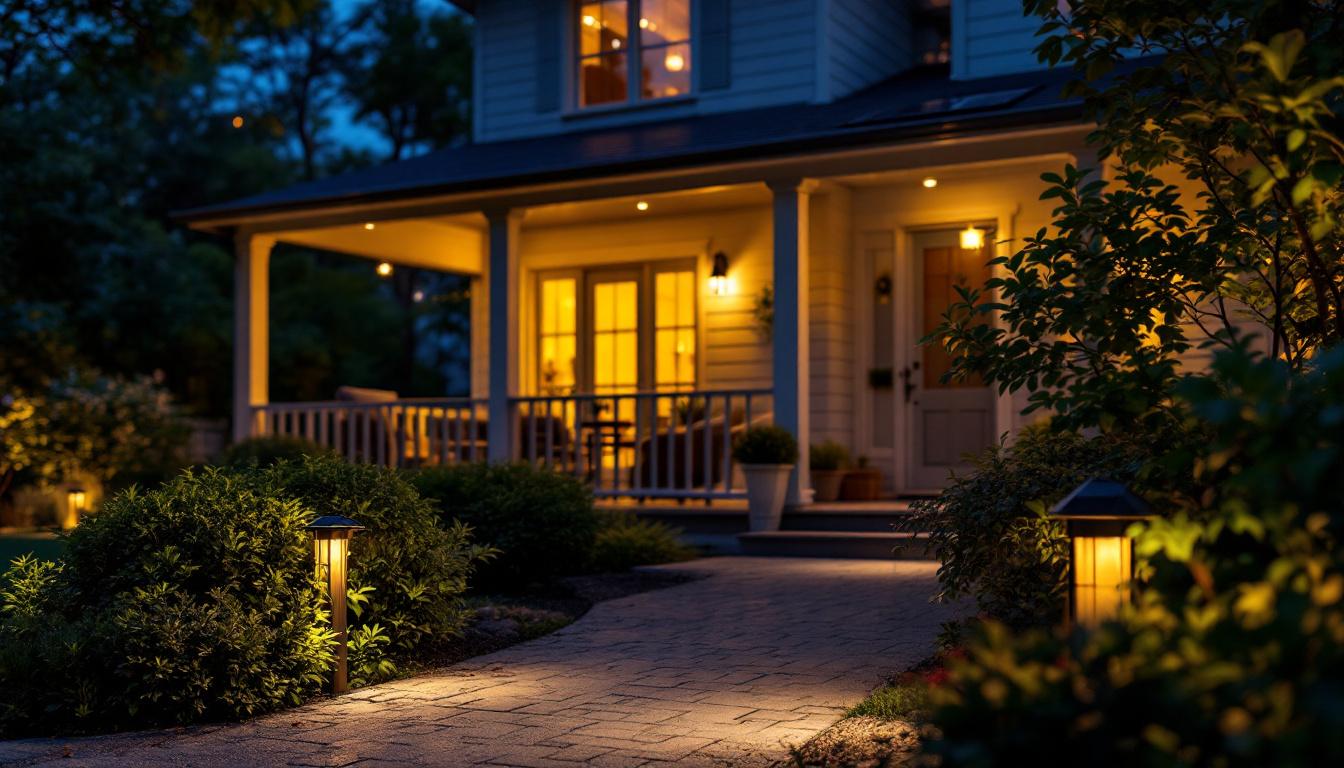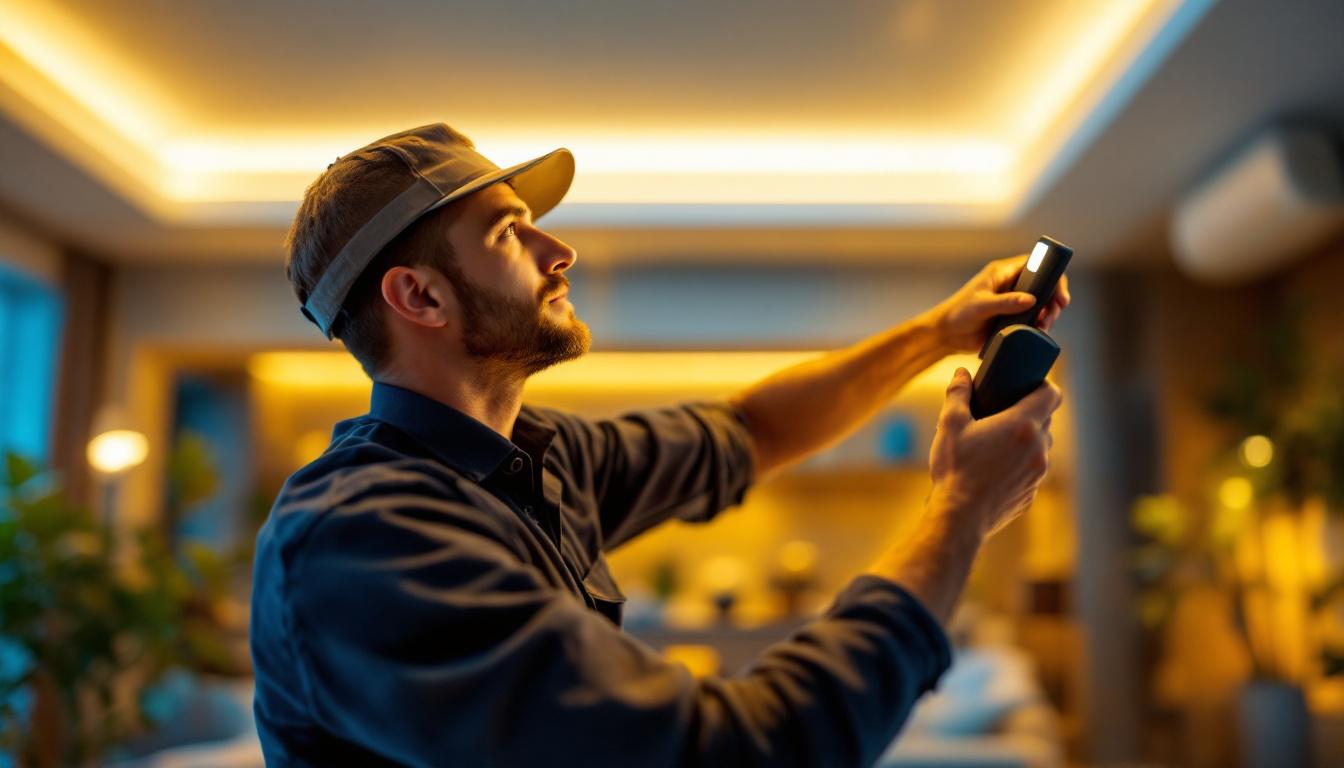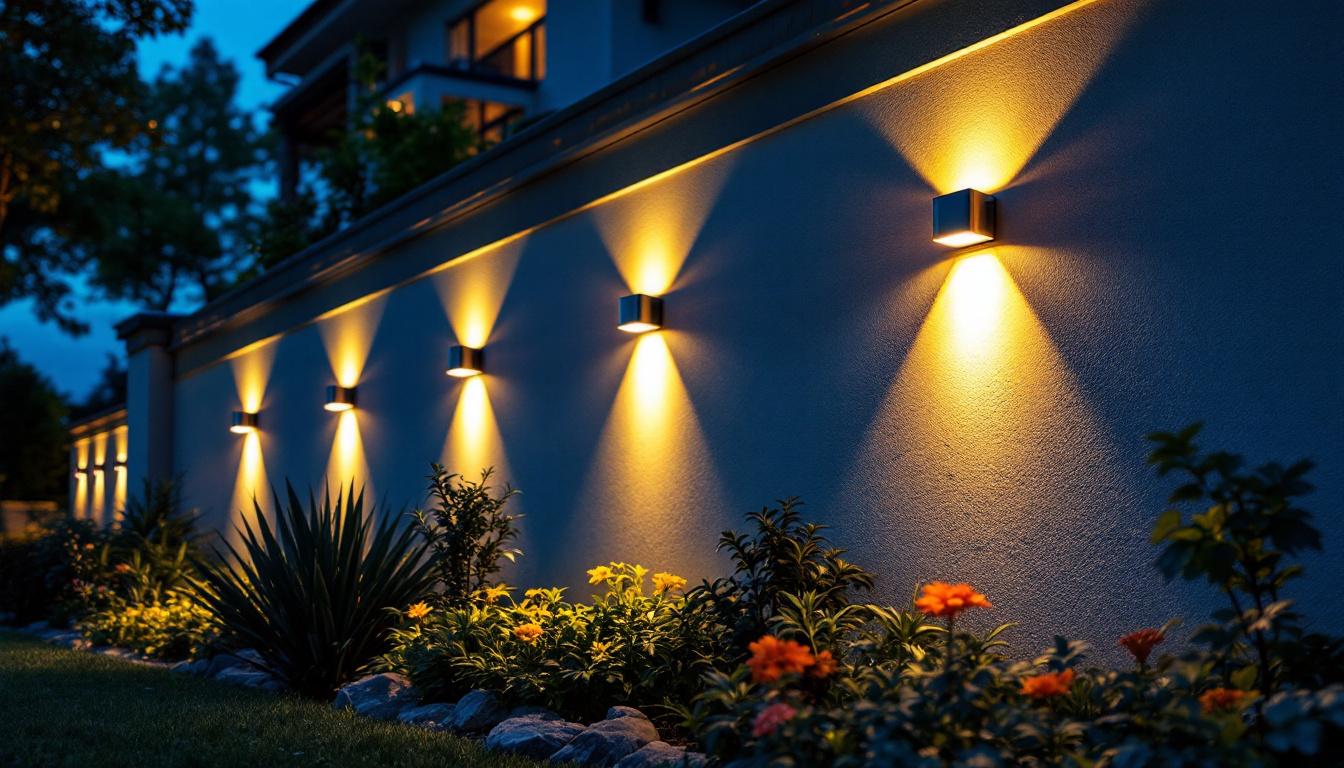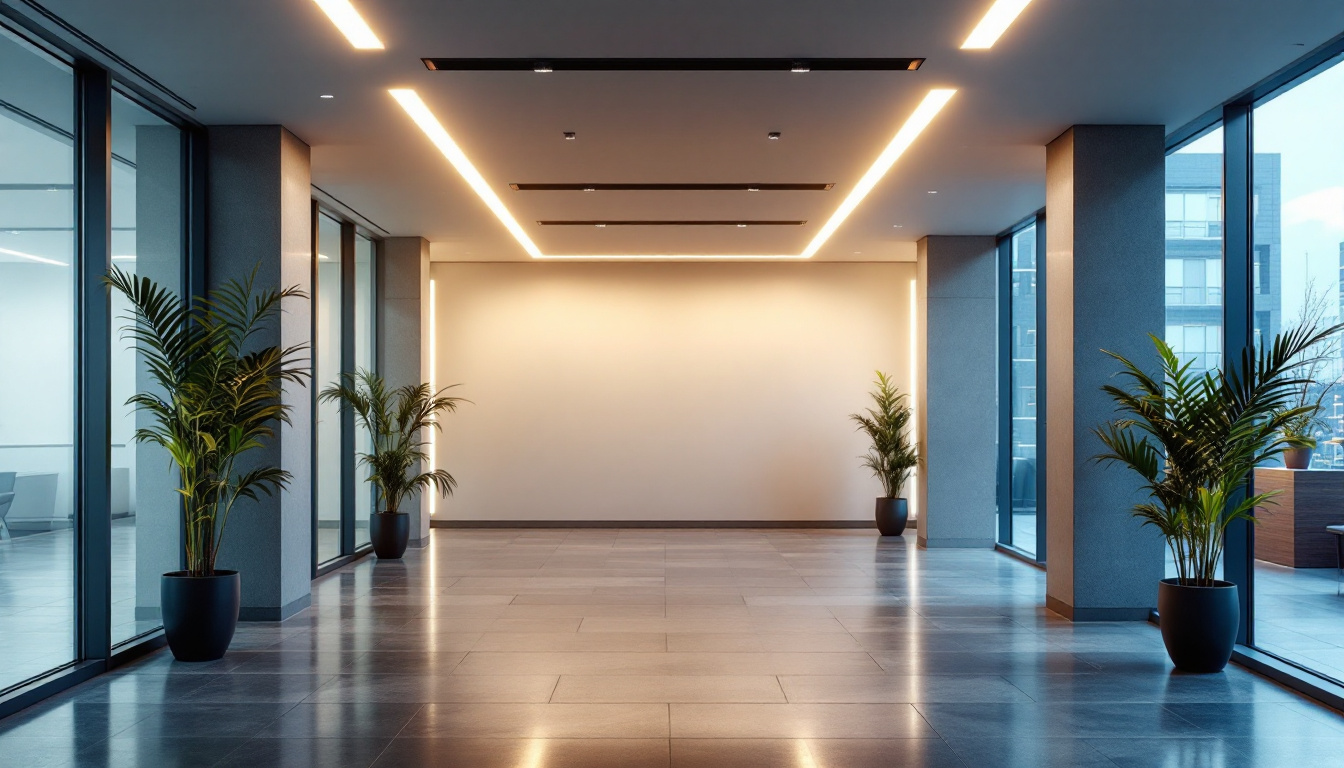
In the dynamic world of construction, effective lighting is crucial for ensuring safety, productivity, and efficiency on job sites. Temporary construction lighting, particularly LED solutions, has gained popularity for its energy efficiency and versatility. However, lighting contractors face a myriad of challenges when implementing these systems. This article delves into the top challenges faced by lighting contractors in the realm of temporary construction lighting using LED technology.
Each construction site presents its own set of challenges and requirements. The unique nature of these environments necessitates a tailored approach to lighting solutions.
Construction sites can vary greatly in size, layout, and the types of work being conducted. Factors such as the presence of heavy machinery, ongoing excavation, or the need for precise tasks all influence lighting requirements. Contractors must assess these variables to determine the appropriate lighting solutions that will enhance visibility and safety.
Moreover, the temporary nature of construction sites means that lighting setups must be flexible and adaptable. Lighting contractors must be prepared to modify their installations as the project progresses, which can lead to additional logistical challenges. For instance, as different phases of construction are completed, the areas needing illumination may shift, requiring the repositioning of lights or the introduction of new fixtures to accommodate changing workflows. This adaptability is crucial not only for maintaining productivity but also for ensuring that workers are safe and can perform their tasks without the risk of accidents caused by inadequate lighting.
Another critical aspect of temporary construction lighting is adherence to local regulations and safety standards. Lighting contractors must stay informed about the relevant codes governing construction lighting, which can vary by region. Failure to comply can result in fines, project delays, or even safety incidents.
Understanding these regulations is not merely a matter of checking boxes; it involves ensuring that the lighting solutions deployed provide adequate illumination for the specific tasks being performed while minimizing hazards. This can be particularly challenging in larger projects where multiple contractors are involved. For example, the coordination between electrical engineers, safety officers, and construction managers is essential to ensure that lighting not only meets regulatory standards but also enhances overall site safety. Additionally, contractors must consider the environmental impact of their lighting choices, opting for energy-efficient solutions that reduce light pollution and conserve energy, which is increasingly becoming a focus in sustainable construction practices.
LED technology has revolutionized temporary construction lighting, offering numerous advantages over traditional lighting options. However, selecting the right LED products can pose its own set of challenges.
The market is flooded with various LED lighting products, but not all are created equal. Lighting contractors must carefully evaluate the quality and performance of different LED fixtures to ensure they meet the demands of construction environments. Factors to consider include lumen output, color temperature, and durability.
Additionally, the lifespan of LED products is a significant consideration. While LEDs generally have a longer lifespan than traditional bulbs, variations in quality can lead to premature failures, resulting in increased maintenance costs and project delays. It’s essential to look for products that come with a warranty, as this can be an indicator of the manufacturer’s confidence in their product’s longevity and reliability. Furthermore, understanding the testing standards and certifications that a product has undergone can provide additional assurance of its quality.
Budget constraints are a common challenge in construction projects. Lighting contractors must find a balance between cost-effective solutions and high-performance products. While it may be tempting to opt for the cheapest options, this can lead to issues down the line, such as inadequate lighting or increased energy consumption.
Contractors should consider the total cost of ownership, which includes initial purchase price, energy costs, and potential maintenance expenses. Investing in higher-quality LED solutions may yield better long-term savings and performance. Moreover, energy-efficient LEDs can significantly reduce electricity bills, making them a financially sound choice over time. Additionally, many utility companies offer rebates or incentives for using energy-efficient lighting, which can further offset initial costs and encourage the adoption of superior lighting solutions.
Another aspect to consider is the adaptability of LED lighting systems. Many modern LED fixtures come with features such as dimming capabilities and smart technology integration, allowing for greater control over lighting conditions. This adaptability can be particularly beneficial in construction settings where lighting needs may change frequently. By selecting LED products that offer flexibility and advanced features, contractors can enhance the overall efficiency of their projects and create a safer working environment for their teams.
Once the right lighting solutions have been selected, the next hurdle is the installation and setup process. This phase can be fraught with challenges that require careful planning and execution.
Temporary construction lighting often requires extensive cabling and power supply management. Coordinating the logistics of installation can be complex, especially on larger sites where multiple teams are working simultaneously. Ensuring that power sources are readily available and safely connected is paramount to avoid accidents and downtime.
Moreover, the physical placement of lighting fixtures must be strategically planned to provide optimal coverage. This may involve using temporary structures or mounting solutions that can withstand the rigors of a construction site. Additionally, the use of lighting design software can assist in visualizing the layout and ensuring that all areas are adequately illuminated, reducing the likelihood of dark spots that could lead to accidents or inefficiencies.
Safety is always a top priority on construction sites, and lighting contractors must ensure that their installations do not introduce new hazards. Properly securing lighting fixtures and cables is essential to prevent tripping hazards and electrical risks.
Furthermore, contractors must educate site workers on the importance of maintaining clear pathways and avoiding interference with lighting setups. Regular inspections and maintenance checks can help identify and mitigate potential safety issues before they escalate. In addition, utilizing weather-resistant fixtures can protect against environmental factors such as rain or wind, which could compromise both the integrity of the lighting and the safety of the workers. Implementing a comprehensive safety training program that includes specific protocols for working around temporary lighting can further enhance site safety and promote a culture of vigilance among all personnel involved.
Even the best lighting solutions require maintenance to ensure optimal performance. However, maintenance can be particularly challenging in temporary setups.
Temporary construction lighting systems are exposed to harsh conditions, including dust, moisture, and physical impacts from equipment and personnel. Regular inspections are necessary to identify any issues, such as flickering lights or damaged fixtures, before they affect productivity.
Contractors must also be prepared for quick repairs, as downtime can lead to significant delays in project timelines. Establishing a maintenance schedule and having spare parts readily available can help mitigate these challenges.
Outdoor construction sites are particularly susceptible to weather-related issues. Rain, snow, and extreme temperatures can impact the performance and longevity of temporary lighting systems. Lighting contractors must choose weather-resistant fixtures and ensure that all electrical components are adequately protected from the elements.
Additionally, planning for adverse weather conditions is essential. This may involve adjusting lighting schedules or implementing temporary solutions to maintain safety and visibility during inclement weather.
As the construction industry increasingly focuses on sustainability, lighting contractors are tasked with finding energy-efficient solutions that align with these goals.
While LED lighting is inherently more energy-efficient than traditional options, contractors must still consider the overall energy consumption of their temporary setups. This involves calculating the total wattage of all fixtures and optimizing their placement to minimize energy use.
Additionally, integrating smart lighting controls can further enhance energy efficiency. These systems allow for automated adjustments based on occupancy or ambient light levels, reducing unnecessary energy consumption.
Contractors should also consider the environmental impact of their lighting solutions. This includes selecting products made from sustainable materials and ensuring proper disposal of any waste generated during installation and maintenance.
By promoting sustainable practices, lighting contractors can not only reduce their environmental footprint but also appeal to clients who prioritize green building initiatives.
Effective communication with clients is essential for successful project execution. Lighting contractors must manage client expectations regarding temporary construction lighting solutions.
Clients often have specific timelines in mind for project completion, and lighting contractors must ensure that their lighting installations align with these schedules. This requires clear communication about the time needed for setup, inspections, and any potential delays due to unforeseen circumstances.
Establishing a timeline that includes buffer periods for unexpected challenges can help manage client expectations and foster a positive working relationship.
Many clients may not fully understand the intricacies of temporary construction lighting. Lighting contractors have the opportunity to educate clients on the benefits of LED solutions, the importance of proper lighting for safety, and the potential long-term savings associated with energy-efficient products.
By providing clients with knowledge and insights, contractors can build trust and confidence in their expertise, leading to more successful collaborations.
Temporary construction lighting using LED technology presents a range of challenges for lighting contractors. From understanding site-specific needs and compliance with regulations to selecting the right products and ensuring safe installations, the landscape is complex and ever-evolving.
By proactively addressing these challenges and embracing innovative solutions, lighting contractors can enhance their service offerings and contribute to the success of construction projects. As the industry continues to evolve, staying informed and adaptable will be key to overcoming obstacles and delivering exceptional lighting solutions.
Overcome the challenges of temporary construction lighting with LumenWholesale, where we provide contractors with the highest quality LED lighting solutions at unbeatable wholesale prices. Our spec-grade products meet rigorous industry standards, ensuring you can tackle any project with confidence. Say goodbye to inflated markups and hello to hassle-free bulk buying with free shipping. Elevate your lighting game and discover the best value in wholesale lighting today, only at LumenWholesale.

Discover why staying informed about solar porch post lights is essential for lighting contractors.

Discover the latest trends in motion light LED technology that every lighting contractor needs to know.

Discover the advantages and drawbacks of exterior wall mounted solar lights for lighting contractors.

Discover innovative strategies to future-proof your lighting projects with cutting-edge security features.